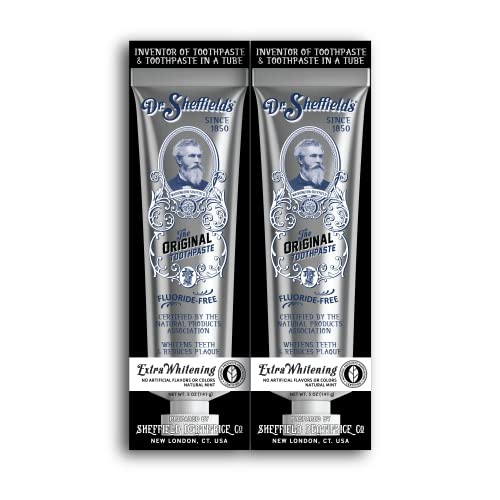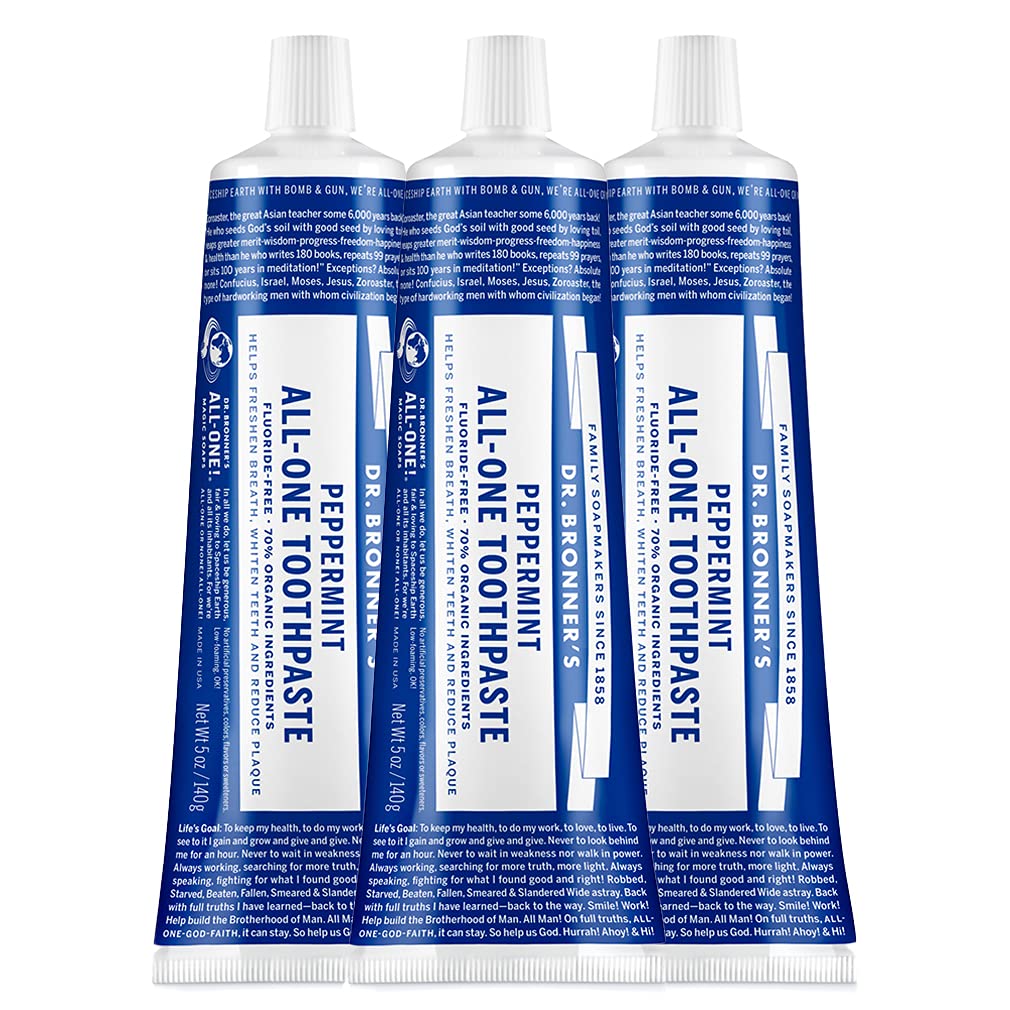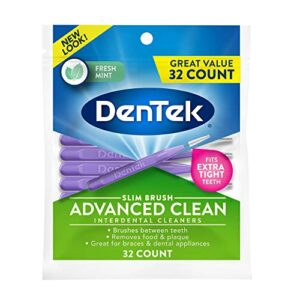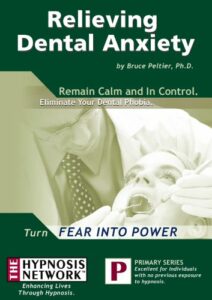We understand that choosing a toothpaste that is both natural and fluoride-free can be a daunting task. That’s why we’ve created this step-by-step guide to help you navigate through the options and find the perfect toothpaste for your needs. Our guide will provide you with all the information you need to make an informed decision and ensure that your dental health is taken care of in the most natural and fluoride-free way possible.
Protect Your Teeth Naturally
Research ingredients
Researching different natural toothpaste brands and their ingredients to identify those that are fluoride-free is an important step towards maintaining good oral health. To begin, gather a list of natural toothpaste brands available in your local stores or online. Next, visit the official websites of these brands or reputable online retailers to find the ingredient lists for each toothpaste. Look for keywords such as “fluoride-free” or “no fluoride added” in the product descriptions or ingredient lists. If the information is not readily available, try reaching out to the brand directly through their customer service channels to inquire about the fluoride content in their toothpaste options.
Once you have compiled a list of brands that offer fluoride-free toothpaste options, compare their ingredient lists to identify any potential harmful additives or allergens. Pay attention to ingredients such as sodium lauryl sulfate (SLS), artificial sweeteners, and flavors that may cause sensitivity or irritation. Additionally, consider any personal preferences or specific dental needs you may have, such as sensitivity or gum health. By thoroughly researching different natural toothpaste brands and their ingredients, you can make an informed decision and choose a fluoride-free toothpaste that suits your oral health requirements.
Read product labels
When it comes to choosing toothpaste, we understand the importance of making informed decisions for the well-being of our oral health. That’s why it is crucial to carefully read the labels of toothpaste products to ensure they are labeled as natural and fluoride-free. To begin, examine the front label of the toothpaste package for any claims that indicate it is made from natural ingredients. Look for keywords such as “natural,” “organic,” or “plant-based.” These labels suggest that the toothpaste is formulated using ingredients derived from natural sources, which can provide a gentle and wholesome oral care experience.
Next, turn the toothpaste package around and scrutinize the back label for information regarding fluoride content. Check if the toothpaste is labeled as “fluoride-free” or if it explicitly states that it does not contain fluoride. If there is no clear indication, scan the ingredient list for any mention of fluoride compounds, such as sodium fluoride or stannous fluoride. If you find any fluoride-related ingredients, it is best to avoid such toothpaste if you are specifically seeking a fluoride-free option. By diligently reading the labels of toothpaste products, we can ensure we are selecting a natural and fluoride-free option that aligns with our personal preferences and oral health needs.
Consider your oral health needs
Consider any specific oral health needs you may have, such as sensitivity or gum issues, and choose a toothpaste that addresses those concerns. We understand that everyone’s oral health needs are unique, and it’s important to choose a toothpaste that caters to your specific concerns. If you have sensitive teeth, look for a toothpaste that is specially formulated to relieve sensitivity. These toothpastes usually contain ingredients such as potassium nitrate or strontium chloride, which help to desensitize the nerves in your teeth.
For those with gum issues, it’s crucial to select a toothpaste that promotes gum health. Look for toothpastes that contain ingredients like stannous fluoride or triclosan, as they are known to effectively combat gum diseases. These toothpastes can help reduce gum inflammation and bleeding, and also provide protection against plaque buildup. Additionally, toothpastes that contain antibacterial properties can be beneficial for individuals with gum issues, as they help to fight bacteria and maintain a healthy oral environment.
Remember, taking care of your oral health is essential for overall well-being. By considering your specific oral health needs and choosing a toothpaste that addresses those concerns, you can ensure that you are providing your teeth and gums with the best possible care.
Seek recommendations
Ask your dentist, family, or friends for recommendations on natural and fluoride-free toothpaste brands they trust. Your dentist is a reliable source of information when it comes to oral health products. They have the expertise and knowledge to guide you in choosing the right toothpaste for your specific needs. Don’t hesitate to ask them for their recommendations during your next dental visit. They can provide valuable insights into which natural and fluoride-free toothpaste brands are effective and safe to use.
In addition to your dentist, reach out to your family and friends for their recommendations. They may have personal experiences with different toothpaste brands and can share their opinions with you. This can be especially helpful if you have similar oral health concerns or preferences. Ask them about the toothpaste brands they trust, and inquire about their experiences using natural and fluoride-free options. Their firsthand experiences can give you a better idea of what to expect and can help you make an informed decision about which toothpaste brand to try. Remember, seeking recommendations from trusted sources can help you find the right natural and fluoride-free toothpaste that suits your needs.
Make a decision
To make a decision on the natural and fluoride-free toothpaste that suits you best, we understand that you have done your research, considered product labels, assessed your oral health needs, and received recommendations. Now it’s time to put all that information together and choose the toothpaste that aligns with your preferences and requirements.
First, carefully review the research you have conducted. Consider the key factors that are important to you, such as the ingredients used, the brand’s reputation, and any potential benefits or disadvantages associated with the toothpaste. Next, examine the product labels of the toothpastes you are considering. Look for specific qualities that are important to you, such as natural ingredients, fluoride-free formula, or any additional features like whitening or sensitivity relief.
After reviewing the research and product labels, it’s essential to assess your oral health needs. Consider any specific concerns or conditions you may have, such as sensitivity, gum problems, or the need for enamel protection. Take into account the recommendations you have received from oral health professionals or trusted sources.
Finally, based on the information gathered, make a decision on the natural and fluoride-free toothpaste that suits you best. Choose the toothpaste that aligns with your research findings, product label preferences, oral health needs, and recommendations. Remember, the decision is personal, and what works for others may not necessarily be the best choice for you. Trust your judgment and select the toothpaste that you feel will provide the most suitable care for your oral hygiene.
Making informed toothpaste choices
In conclusion, selecting a toothpaste that is natural and fluoride-free requires careful consideration and research. We have learned that reading labels is crucial in identifying the ingredients and avoiding harmful chemicals. Additionally, it is important to consider our individual oral health needs and seek recommendations from trusted sources. By making an informed decision, we can prioritize our oral health while also being mindful of the products we use. Remember, taking the time to select the right toothpaste can make a significant difference in our overall well-being.
Choosing a healthier option
Using Natural Toothpaste without Fluoride
- First, squeeze a pea-sized amount of natural toothpaste onto your toothbrush. Remember, a little goes a long way!
- Wet your toothbrush with water to help activate the toothpaste and make it easier to spread
- Gently brush your teeth using small circular motions, aiming to cover all surfaces of your teeth – the front, back, and chewing surfaces
- Spend at least two minutes brushing your teeth, focusing on each quadrant of your mouth (upper left, upper right, lower left, lower right) for about 30 seconds each
- After brushing, be sure to rinse your mouth thoroughly with water, making sure to remove any leftover toothpaste residue
- For optimal oral health, it is recommended to brush your teeth at least twice a day – once in the morning and once before bed
- It’s important to note that natural toothpaste without fluoride may not provide the same level of cavity protection as fluoride-containing toothpaste. Therefore, it may be helpful to consider other preventive measures recommended by your dentist, such as regular dental check-ups and a balanced diet
- If you have any concerns or questions about using natural toothpaste without fluoride, don’t hesitate to consult your dentist or oral healthcare professional for personalized advice
Frequently Asked Questions about Fluoride-Free Natural Toothpaste
Can using fluoride-free toothpaste help with tooth sensitivity or other dental concerns?
Yes, using fluoride-free toothpaste can help with tooth sensitivity or other dental concerns to some extent. While fluoride is known for its ability to strengthen tooth enamel and prevent tooth decay, it can also cause sensitivity in some individuals. In such cases, switching to a fluoride-free toothpaste may alleviate the sensitivity issue.
Fluoride-free toothpaste can also be beneficial for people who have certain dental concerns such as allergies or conditions that require them to avoid fluoride. Additionally, some individuals prefer to use natural or alternative dental products, and fluoride-free toothpaste provides them with an option that aligns with their preferences.
However, it is important to note that fluoride has been proven to be effective in preventing tooth decay and promoting overall dental health. Therefore, if tooth sensitivity or other dental concerns are not a limiting factor, dental professionals generally recommend using toothpaste that contains fluoride for optimal oral health.
Ultimately, the choice between fluoride-free and fluoride-containing toothpaste should be made based on individual needs and preferences. It is always advisable to consult with a dentist or dental professional to determine the most suitable oral care products for your specific dental concerns.






















